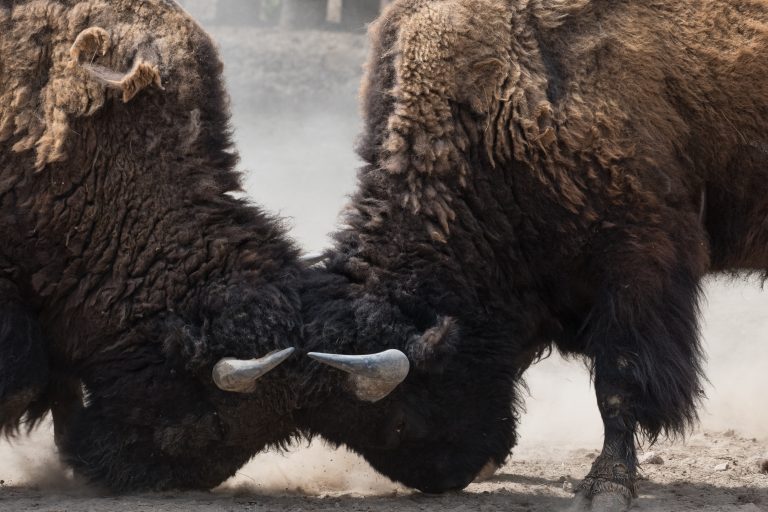Karate Belt Colors Stripes Order: Understanding Progression in Martial Arts
Karate is a traditional martial art that originated in Okinawa, Japan, and is practiced by millions of people around the world. One of the most significant aspects of karate is the belt system, which indicates a student’s level of proficiency and progression. In this article, we will delve into the karate belt colors and stripe order, their significance, and their progression.
The History of Karate Belts
Karate belt colors were initially introduced by the founder of Judo, Jigoro Kano, in the 1880s. However, the colored belt system in karate was invented by Ankō Itosu, a famous karate master, in the early 1900s. The belt system was designed as a way of recognizing students‘ progress and building their confidence as they advanced.
Over time, the belt system has evolved and adapted to different martial arts styles, but its purpose remains the same – to signify a student’s proficiency level and their progress on the karate journey.
Karate Belt Colors and Their Significance
There are typically six karate belt colors, and each color represents different levels of proficiency in the martial art. Here are the karate belt colors in order of progression:
White Belt
The white belt is where all students begin their karate training, signifying a blank canvas and a new beginning. The white belt represents innocence, purity, and the potential of the student to become a master of karate.
Yellow Belt
The yellow belt represents the first step towards proficiency in karate. At this stage, students have learned the basic techniques and gained an understanding of the fundamental principles of karate.
Orange Belt
The orange belt signifies a step up from the yellow belt, and students are expected to have a good understanding of karate techniques at this stage.
Green Belt
The green belt signifies that the student’s karate skills are maturing, and they are becoming more proficient in executing their techniques with greater finesse and power.
Blue Belt
The blue belt marks a significant milestone in a student’s karate journey. At this stage, students have demonstrated a degree of mastery in karate, including a higher level of technical proficiency and a deeper understanding of the principles behind each technique.
Purple Belt
The purple belt is a rarified achievement and a significant milestone in a student’s karate progress. Students at this level are considered experts in the art and are expected to have a deep understanding of the more nuanced facets of karate.
Brown Belt
The brown belt signifies a high level of proficiency in karate, with students exhibiting exceptional technical and tactical expertise.
Black Belt
The black belt is the ultimate achievement for any karate student. It represents mastery of the martial art and the culmination of years of dedication and hard work. While earning a black belt represents the highest level of achievement, it also symbolizes the beginning of a new journey towards continued self-improvement in karate.
Karate Belt Stripes and Their Significance
In addition to the colors, karate belts also have stripes, which signify a student’s progress within each level. Typically, there are three stripes per belt color, although some schools may have a slightly different system.
The stripes on a karate belt represent smaller milestones and are used to track a student’s progress as they work towards the next belt color. These milestones help boost a student’s confidence and sense of achievement, as they progress towards their ultimate goal of earning a black belt.
In
Understanding the Karate Belt Colors Stripes Order
Introduction
Karate is a popular martial art that involves various physical and mental disciplines. A fundamental aspect of karate is the progression of belt colors and stripes which help students to see the advancement of their skills as they move up the ranks. The karate belt colors and stripes order can be confusing for beginners, so we have compiled some frequently asked questions to help clarify this subject.
FAQs about Karate Belt Colors Stripes Order
1. Why do karate belts have colors and stripes?
Karate belts with different colors and stripes represent the progress of a student’s skills and knowledge in the art. Each colored belt is a sign of advancement and experience in karate.
2. What are the different karate belt colors?
The karate belt colors start with white, then yellow, orange, green, blue, purple, brown, red, and black. Some schools have additional colors between the above-mentioned ranks.
3. What is the order of karate belt colors and stripes?
The order of karate belt colors and stripes is as follows:
– White Belt
– Yellow Belt (with a white stripe)
– Orange Belt
– Green Belt (with a white stripe)
– Blue Belt
– Purple Belt (with a white stripe)
– Brown Belt
– Red Belt (with a black stripe)
– Black Belt
The stripes on the belts show the progress within each rank or level. For example, if someone is an orange-belt holder, they may also have a white stripe, which indicates that they are halfway to the next rank.
4. How long does it take to advance through the karate belt colors and stripes?
The time it takes to advance through the karate belt colors and stripes depends on several factors such as the student’s dedication and the frequency of practicing. Typically, it takes around three to six months to advance to the next colored belt in the early stages. However, as the belt ranks become more advanced, it takes longer and the requirements become stricter.
5. Can someone skip a belt color or level?
It is possible to skip a belt color or level, but it is relatively rare. In some cases, it may be possible in lower ranks to skip a belt due to accelerated progress or previous experience in martial arts. However, the student may have to prove their ability to the instructor through a test or examination.
6. Is there a limit to the number of stripes on a karate belt?
There is no defined limit to the number of stripes on a karate belt. The only restriction is the number of stripes provided by the specific martial arts organization or school. In most cases, once a student earns the required number of stripes, they can take a test to advance to the next colored belt.
7. Can someone receive a black belt straightaway?
No, it is not possible for someone to receive a black belt straightaway. It takes several years of dedicated training and the completion of various requirements and examinations to earn a black belt in karate.
Karate Belt Colors and Stripes Order: A Complete Guide
Introduction
Karate is a popular martial art that originated in Okinawa, Japan, and has spread throughout the world. One of the most recognizable aspects of karate is the colored belt system that indicates a practitioner’s level of skill and experience. Belt colors in karate are used to signify a student’s rank, with each color indicating a degree of proficiency. This guide will provide an overview of the karate belt system, including the colors and stripes associated with each rank.
The Karate Belt System
The karate belt system is divided into several levels, with each level being represented by a different color belt. The colors in order of increasing proficiency are white, yellow, orange, green, blue, purple, brown, and black. Each of these colors is further divided into stripes, which are used to represent intermediate ranks between the main colors.
White Belt
The white belt is the starting point for all karate students. It represents purity, innocence, and a lack of knowledge. As such, students wearing white belts are not expected to have any prior knowledge or experience of karate.
Yellow Belt
The yellow belt is the first colored belt in the karate belt system. It is awarded to students who have acquired a basic understanding of karate techniques and principles. Two stripes on the yellow belt represent intermediate progress.
Orange Belt
The orange belt signifies an intermediate level of understanding and skill in karate. Students who have reached this level have shown a commitment to their training and have developed a deeper understanding of the principles of karate. Three stripes on the orange belt represent intermediate progress.
Green Belt
The green belt is awarded to students who have mastered the fundamental techniques of karate and have shown a degree of proficiency in using these techniques. Students who have reached this level have typically been training for several months or even years. Four stripes on the green belt represent intermediate progress.
Blue Belt
The blue belt represents an advanced level of skill and knowledge in karate. Students who have earned a blue belt have demonstrated a mastery of the basic techniques of karate and have started to develop their own style. Five stripes on the blue belt represent intermediate progress.
Purple Belt
The purple belt is awarded to students who have achieved a higher level of proficiency in karate. Students who have earned a purple belt have demonstrated a high degree of skill and have started to refine their techniques. Six stripes on the purple belt represent intermediate progress.
Brown Belt
The brown belt is awarded to students who have achieved a high level of proficiency in karate. It represents a significant milestone in a student’s journey, as it is the last colored belt before black. Seven stripes on the brown belt represent intermediate progress.
Black Belt
The black belt is the highest level of achievement in the karate belt system. It signifies mastery of karate and a deep understanding of its principles. It can take several years of dedicated training to achieve a black belt, which is why it is considered one of the most significant milestones in the martial arts world.
Conclusion
Karate belt colors and stripes order signify a student’s rank, proficiency, and commitment to karate. Each belt level represents a specific level of knowledge and skill, with colored stripes indicating intermediate progress. By understanding the karate belt system, students can plan and set goals for their training, and teachers can structure their classes to help students progress through the ranks efficiently. We hope this guide has helped you understand the karate belt system and the colors and stripes order that are associated with it.
Inhaltsverzeichnis






